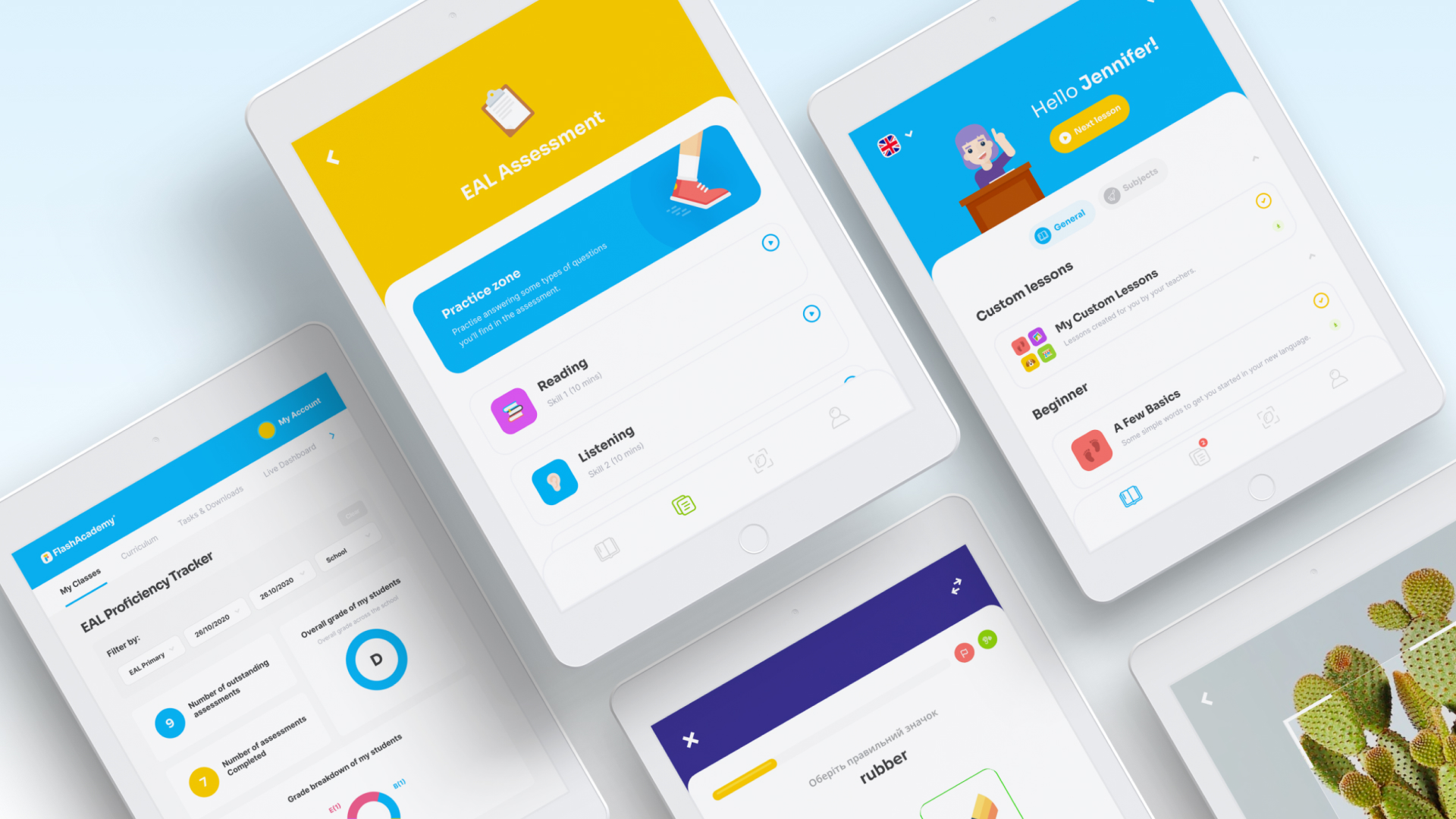

When working towards a particular goal, having a way to measure our progress is fundamental. An EAL Baseline Assessment can give pupils that sense of direction, showing where they are now, how far they’ve come and help to determine where they need to go next.
The well-known SMART acronym reminds us that goals should be:
S – Specific
M – Measurable
A – Attainable
R – Relevant
T – Time-bound
It is highly beneficial for schools to obtain and analyse data relating to the proficiency of their pupils with EAL despite there currently being no requirement for schools to report on it. The classroom can become a daunting place for staff with a responsibility to guide and assist the development of pupils with so many different home languages, backgrounds and levels of English. It, therefore, seems imperative that schools should have a good system in place that addresses this.
Whether you already have a process with established goals to address your EAL challenge or are looking to develop one, there are many resources that schools can make use of to continue to shape it. The same challenges don’t stick around forever and so systems have to change along with them.
Let’s touch upon one of those resources and see how it can be used to benefit schools from an EAL perspective.
EAL Baseline Assessment: What is it exactly?
Simply, a baseline is a starting point. Pairing this with an assessment allows someone or something to be allocated a starting point through evaluation.
A baseline is important as it is a measurement of ability upon which we can build. In a school setting, it can give teachers an idea of where a student currently is, helping to formulate next actions.

What are the benefits of using an EAL Baseline Assessment?
Schools can use EAL Baseline Assessment at their own discretion.
It can become part of an existing system or part of a new system that benefits and helps pupils. As with all assessments, there is that likelihood of stress, but giving schools that element of control means that they can make sure evaluations take place in a positive environment and in a way that diminishes stress.
It can be used in goal setting.
Remember the SMART acronym? Why not get students involved and encourage independent learning by setting themselves some goals? These goals can be based on their baseline assessment result, areas for improvement or even based on how difficult they found the assessment. Setting frequent and achievable goals can bring pupils a sense of achievement.
The data collected by a baseline assessment can be a great tool.
It has the capability to help schools improve existing systems, consequently further helping students of the future. Not only do pupils have goals, schools have their own targets and areas for improvement.
Continuous data
EAL Baseline Assessments can be used not only to assess new arrivals, but throughout the academic year to measure progress. Doing so can highlight where particular students are still struggling and in what areas they’re excelling. Following on from our previous point, it can also show positive and negative trends, helping schools to assess where their current system is working and in what areas it is failing.

How can it help the EAL challenge?
Let’s look at some common challenges and see how an EAL Baseline Assessment could address them. Perhaps you’ll recognise a couple of these as challenges currently being faced by your school.
Pupil engagement
Pupil data obtained by EAL Baseline Assessment can give an indication of a student’s current level, helping teachers to understand whether the work they are being given is too easy or too hard. Work that is too easy risks a student not being challenged enough to stay engaged. Similarly, work that is too difficult can evoke negative emotions – frustration, hopelessness, anxiousness – and discourage a student from engaging.
Pupil behaviour
A deeper understanding of a pupil and what they struggle with can help to remove barriers, namely classroom integration, building trust between teacher and pupil, engagement in the classroom. See our Top 5 tips for dealing with challenging behaviour in EAL learners for more detailed tips.

Tracking progress consistently
As previously mentioned, without consistent tracking, a true reflection of a child’s progress cannot be understood, and teachers may have to fill in those gaps. Being able to understand your pupils and their needs in a more efficient way has to be a plus, right?
Lack of time and resources
A digital EAL baseline assessment not only saves time, it saves resources. If pupils can sit in a classroom with an engaging EAL baseline assessment and be assessed independently from their teacher or TA, this means less preparation time, less marking and time on hand during the assessment.
To sum up…
Goals and targets are an important aspect of the school environment; both pupils and staff have them, and they can bring about positive change. The EAL Baseline Assessment is an effective tool worth considering to assist with EAL related goals and systems. For more ideas relating to creating an effective system, take a look at A New EAL Strategy in Sandwell and Top 5 Tips to set up an effective EAL team blog posts.
If you would like to share any tips or words of wisdom with us and other schools, get in touch!

